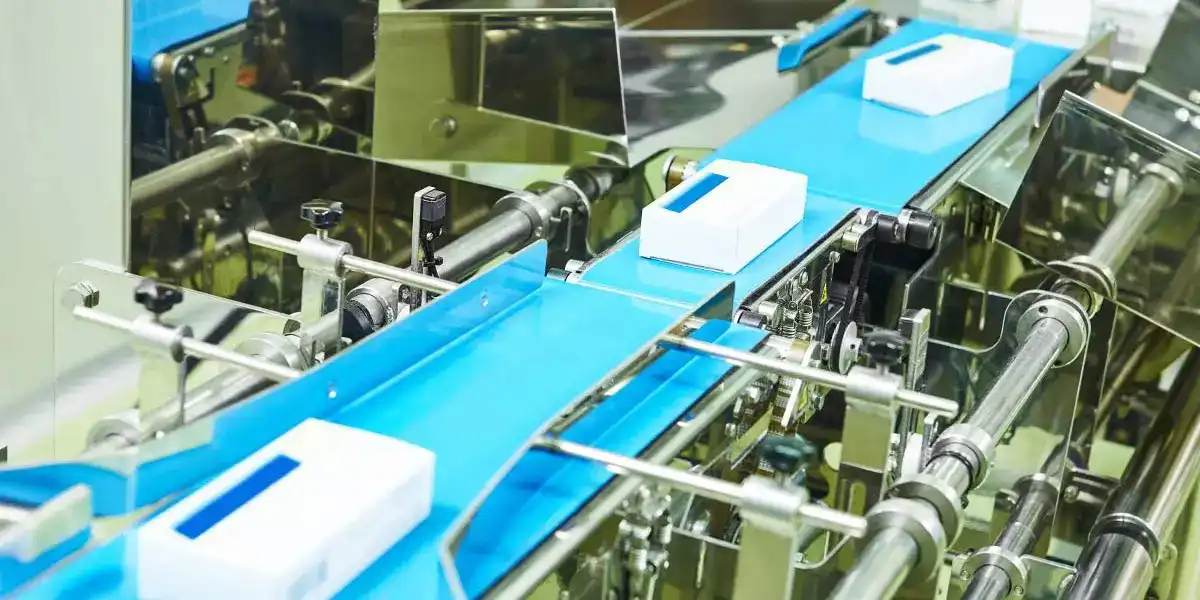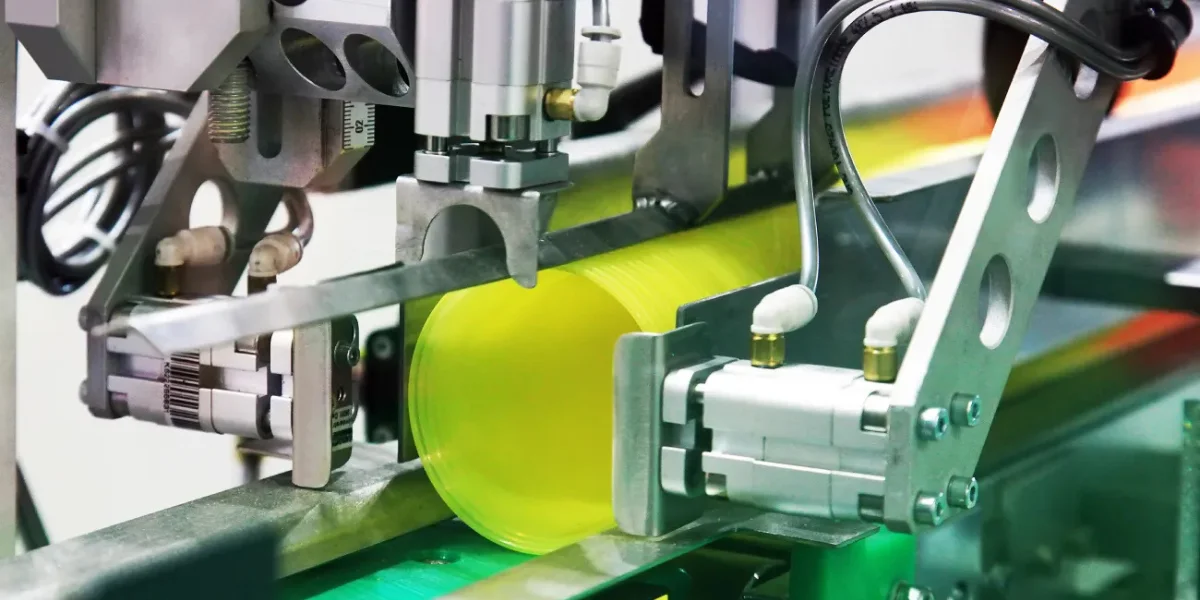
Which Adhesive is Best for Joining Plastic? A Comprehensive Guide

Which Adhesive is Best for Joining Plastic? A Comprehensive Guide

1. Cyanoacrylate (Super Glue):
2. Epoxy:
3. Polyurethane (PU):
4. Acrylic Adhesives:
5. Silicone Adhesives:
6. MS Polymers:
Specific Plastic Types and Recommended Adhesives:
Surface Preparation: The Key to a Strong Bond
Application Techniques and Best Practices
Conclusion
FAQ's
What glue works on plastic?
The best glue for plastic material depends on the plastic type. Cyanoacrylate (super glue) works well for acrylics and PVC. Epoxies offer high strength for various plastics. Polyurethanes are flexible and impact-resistant. Some plastics (polyethylene, polypropylene) require special surface preparation before adhesive bonding for a strong bond. Always check the adhesive manufacturer's recommendations for specific plastics.
Which glue is best for plastic?
There's no single "best" adhesive for plastic bonding. Epoxies provide high adhesive strength, while cyanoacrylates offer quick fixes. Polyurethane excels in flexible applications. Consider the plastic quality and application demands. Some types of adhesives are better suited for specific plastics. Surface preparation is key, especially for difficult-to-bond plastic together like polyethylene.
How to stick plastic to plastic?
Sticking plastic to plastic requires careful preparation and the right adhesive. Clean and abrade the surfaces. Choose an appropriate adhesive for plastic to plastic, such as cyanoacrylate, epoxy, or polyurethane. For tricky plastics, use a primer. Apply glue on plastic evenly, clamp the parts, and allow to cure completely, following the manufacturer’s directions for best results and adhesive strength.
What will bond plastic to plastic?
Several types of adhesives effectively bond plastic to plastic. Cyanoacrylates (super glue) provide quick bonds. Epoxies offer superior strength and durability. Acrylic adhesives work well on oily surfaces. Polyurethanes create flexible bonds. The success of plastic to plastic bonding adhesive relies on proper surface preparation and selecting the right adhesive for the specific plastic being joined.
How to remove adhesive glue from plastic?
Removing adhesive glue from plastic often requires patience. First, try gently peeling or scraping with a plastic scraper. Solvents like isopropyl alcohol or acetone can help dissolve the adhesive strength, but test on an inconspicuous area first. Heat from a hairdryer can soften some types of adhesives. After removal, clean the surface with soap and water.
Mahisa Packaging Systems LLP
Office Address :
Service & Spares :
Sales Inquiry :
Sales phone: +91 98210 49426
+91 84510 70625
+91 72089 76891
Sales email: sales@mahisa.com
Social Links :
Need Help? Chat with us